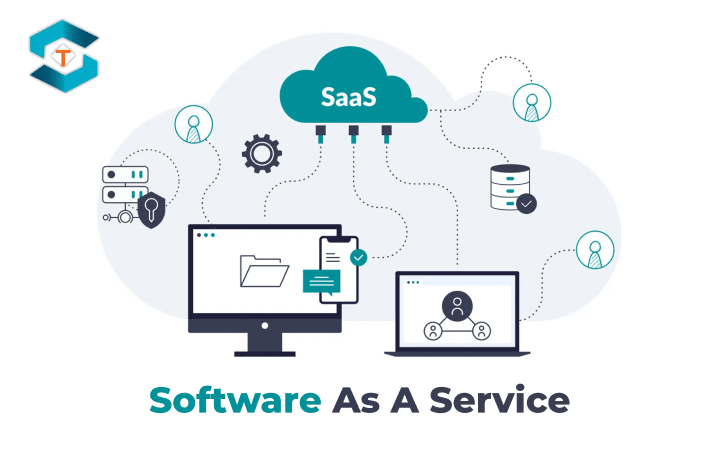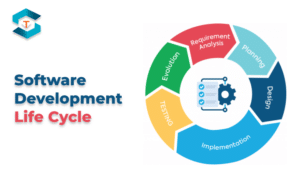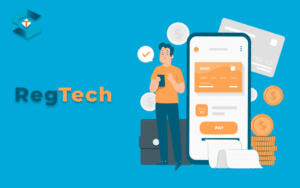Software as a Service (SaaS) is a software distribution model where applications are hosted by a third-party provider and made available to customers over the internet. In this model, users can access the software and its features through a web browser, eliminating the need for users to install, maintain, and update the software on their individual devices.
Key characteristics of Software as a Service include:
Subscription-based pricing:
Instead of purchasing a software license, users typically pay a recurring subscription fee to access the SaaS application. This can be monthly, annually, or based on some other billing cycle.
Accessibility:
SaaS applications are usually accessible from any device with an internet connection and a web browser. This allows users to access the software from different locations and devices without the need for specific installations.
Automatic updates:
SaaS providers handle software maintenance, updates, and patches. This ensures that users always have access to the latest features and security updates without having to manually install updates.
Scalability:
SaaS applications often provide scalable solutions, allowing users to easily adjust their subscription plans based on their changing needs, such as the number of users or the level of service required.
Multi-tenancy:
SaaS applications are designed to serve multiple customers (tenants) on a shared infrastructure. This allows providers to achieve economies of scale and offer cost-effective solutions to a broad user base.
Centralized data:
Data generated and used within the SaaS application is typically stored in a centralized data center managed by the service provider. This centralization simplifies data management and backup processes.
Collaboration features:
Many SaaS applications are designed to facilitate collaboration among users. Features such as real-time editing, file sharing, and communication tools are often integrated into the software.
Common examples of SaaS applications include customer relationship management (CRM) tools, enterprise resource planning (ERP) systems, office software suites, project management tools, and communication and collaboration platforms.
The SaaS model has gained popularity due to its flexibility, cost-effectiveness, and the ability to streamline software deployment and maintenance for both providers and users.





